on
News
- Get link
- X
- Other Apps
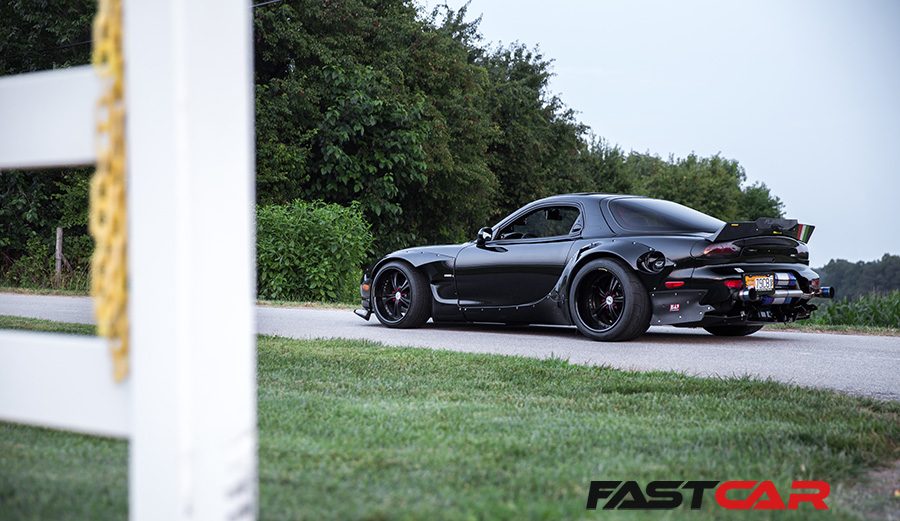
In this Mazda RX-7 buyer’s guide, we take a look at some of the key areas to look out for on the FC and FD generation cars.
Best known for its unique rotary engine, the Mazda RX-7 has become a stalwart member of the car modifying community. Made famous by the Fast & Furious films, and idolized with almost cult-like passion by many, no matter which Mazda RX-7 generation you buy, it’s guaranteed to provide smiles.
In this Mazda RX-7 buyer’s guide we’re focusing on the two popular iterations, the FC and FD. They key to both, though, is the car’s history. Without due car and attention, the rotary engine will suffer. They’re renowned for using copious amounts of oil, so bear that in mind.
Be sure to check out our Mazda RX-7 tuning guide for advice on modifying the different generations of RX-7. Without further ado, here’s our Mazda RX-7 buyer’s guide.
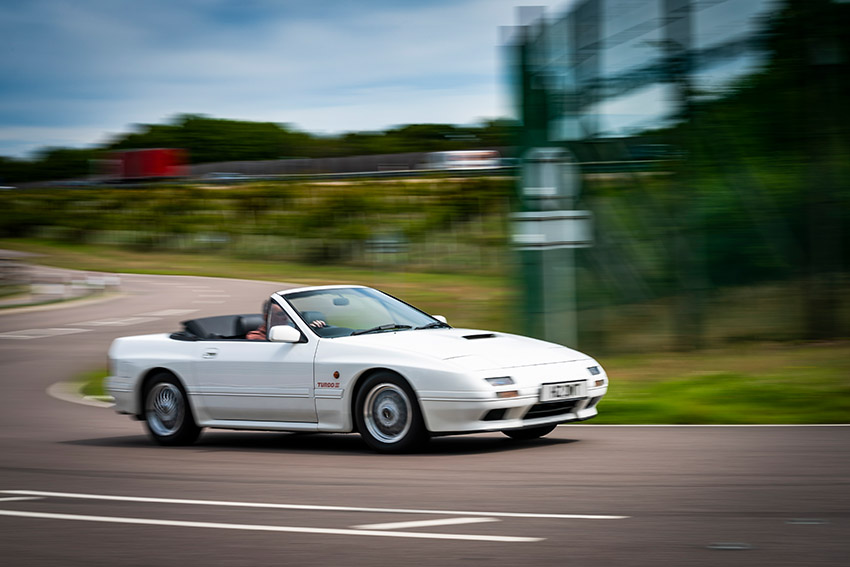
Arriving in 1985, the Mazda RX-7 FC is the second generation car from Mazda’s most revered performance model line. At launch it featured an improved 13B rotary engine with 150hp. This power grew to 180hp in 1986 after the introduction of the turbocharged 13B-DEI unit. In 1989, Mazda introduced further changes to the engine, including a twin-scroll turbocharger setup. This resulted in 200hp performance, roughly a third more powerful than the FC concept.
Those looking for open-top driving had the option of a convertible in the form of the FC3C. However, these cars are much rarer, making up only a tenth of all FC production. Over the production run from 1985 to 1992, 272,027 cars were built and sold to markets across the word, from Japan, Europe and North America.
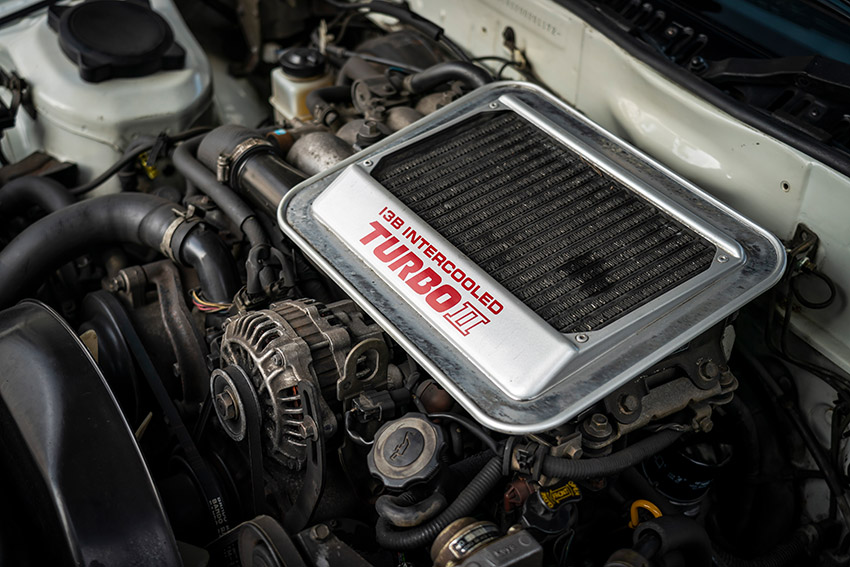
For more detailed buying advice and guide prices, check out our Mazda RX-7 FC buyer’s guide. If you’re looking to modify one, check out our Mazda RX-7 FC tuning guide.
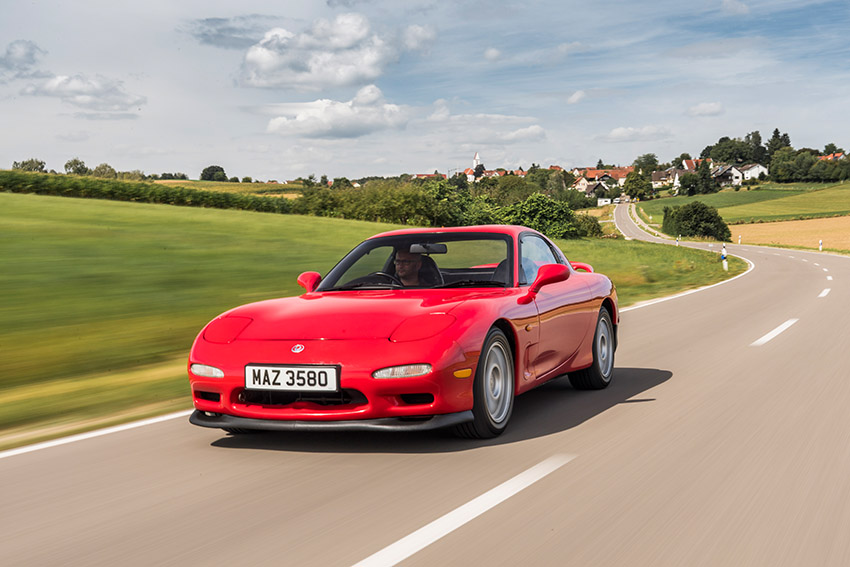
The third generation RX-7 took things up a notch and cemented its place in the sports car category. It was produced from 1992-2002, and sold in Japan, Europe and North America. Featuring an updated version of the rotary engine, now 13B-REW, power was up to 252hp in European-spec cars. By the time production ended in Japan in 2002, the FD RX-7 was producing as much as 276hp.
While reliability issues mostly due to owners negligence plaguing the RX-7s image, it wasn’t the only problem for Mazda. In Japan, the RX-7 breached dimension regulations, meaning owners had to pay annual tax on them. That being said, the small 1.3-liter rotary engine meant it snuck under the tax laws around engine displacement. In the UK, Mazda had priced the RX-7 too high (£32,000 / $31,000 in US), meaning 210 cars were officially sold out of a global production run of 70,000.
The biggest thing to look out for when buying the Mazda RX-7 FD is history. Rotary worries will always exist, but if the previous owner has receipts for engine work from reputable sources, and regularly tops the car up with oil, it needn’t be.
Naturally, being a popular Japanese car, examples will have been driven enthusiastically. Do your usually check around servicing, maintenance and replacement parts. Be sure to do your research on who has previously worked on the rotary engine. Check for rust on Japanese import cars. Most cars on sale in the UK will likely be import due to the low volume of sales when new. In the US, things are a little different. Plenty of USDM FD RX7s exist, and are easy to spot due to the right hand drive configuration.
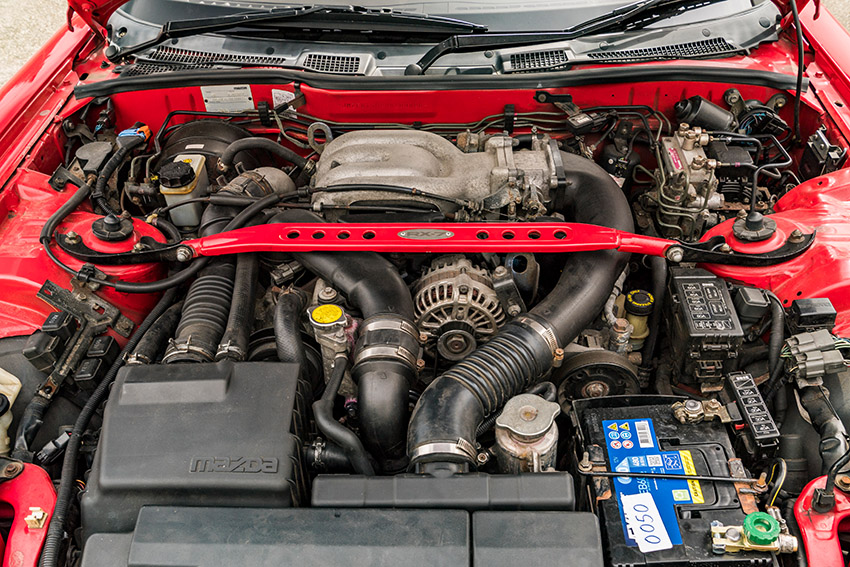
For more detailed buying advice and guide prices, check out our Mazda RX-7 FD buyer’s guide. If you’re looking to modify one, check out our Mazda RX-7 FD tuning guide.
Comments
Post a Comment